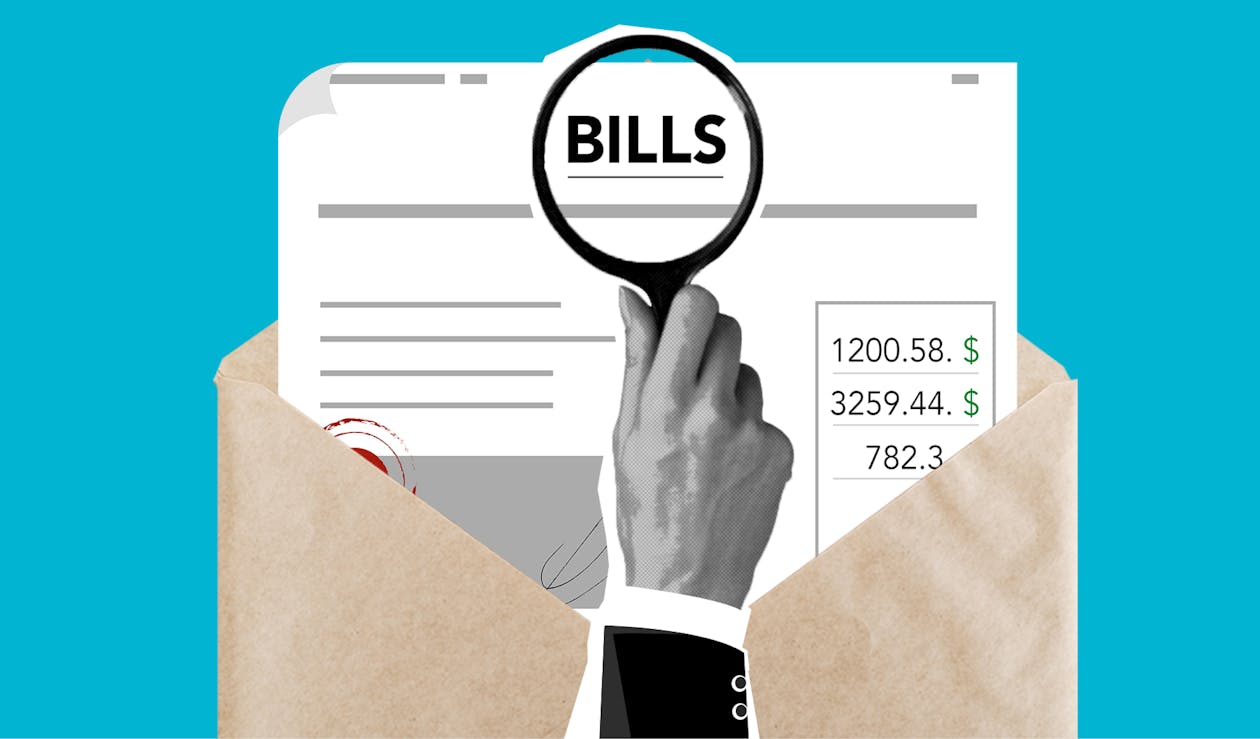A Practical Guide for Companies Navigating Declining Traffic
A drop in organic traffic can feel unsettling — especially if your team relies on steady inbound demand to drive sales. But declining traffic doesn’t...
Published: Aug 5, 2024 Updated: Jul 3, 2025
In the real estate development and business sectors, “hard cost” and “soft cost” are the types of costs frequently used. These terminologies are intended to differentiate between several cost categories concerning the overall business budget. The ratio of hard costs to soft costs will change from project to project. Let’s try to understand what hard and soft costs in eCommerce refer to.
Hard costs and soft costs are two major kinds of costs used in every business. Hard costs in commercial businesses are directly associated with the business’s actual construction. These are material costs. Soft costs are not directly tied to the building of the business and are more intangible. The following are some very basic examples of hard and soft costs in a business:

Hard costs, often referred to as “core” or “tangible” expenses, are the direct expenses. They are associated with setting up and operating an online store. These include costs such as:
Usually, these expenses remain relatively constant and only undergo substantial alterations if the project’s scope or scale changes.

Soft costs include expenses like website development, marketing, and payment processing fees. These are often referred to as “overhead” expenses because they are intangible. They are not directly tied to the production of physical goods. Your eCommerce soft costs may be influenced by the scale of your online store, regional regulations, and platform subscription fees.
The main difference between hard costs and soft costs in eCommerce is that soft expenses are typically spread out over the entire duration of your business operations. In fact, sometimes they continue long after the initial setup phase. They are also managed separately from hard costs, which are more directly related to the production and procurement of goods.
Project managers can estimate the spending plans for their project management by using the phrases “hard costs and soft cost”. They distinguish between project-related expenses, and the hard and soft cost breakdown might fluctuate significantly between projects of an eCommerce business.
A crucial element of managing a successful business is recognizing all of your hard costs about your soft costs. The profit you earn on investment will be impacted by business building costs typically. As a result, before making the purchase, you must take the time to carefully review and ensure that your budget is correct and comprehensive.
Following the establishment of an accurate accounting system for the business project’s budget, you will need to monitor those costs as the project progresses. There is no other method to ensure that you are not overpaying for either soft or hard charges.
Using a business project management software will enable you to keep an eye on your spending and determine whether you’re staying within your allocated budget. With this information, you can modify the project’s scope, cost, or timeline to maintain its viability. To effectively manage a business building budget, a project management tool must be used.
For both soft and hard costs, accurate forecasting is essential to preserving financial stability during a business project. Precise forecasting of soft costs aids in obtaining required funding. In addition, it guarantees that costs associated with design and compliance with regulations are sufficiently covered. On the other hand, accurate hard cost forecasting guarantees that the business building phase stays under budget and prevents expensive surprises, delays, or overruns.

Because hard prices are definite, observable, and frequently predictable, understanding the difference between hard cost and soft cost is comparatively easy. Hard costs determination is usually steady, though they may go up if there are changes to the plan. By enumerating the supplies and machinery you might need for the project and obtaining estimates for local rates, you can calculate the hard costs. The number of labor hours required for comparable projects can then be found to estimate labor expenses.
However, due to their tendency to fluctuate, soft costs definition might be harder to forecast and comprehend than hard costs. It’s critical to estimate a range of prices to expect and take into account numerous hypothetical scenarios when estimating soft expenses. For instance, soft expenses associated with an eCommerce business may continue for years after the project is completed if a legal issue occurs during development. It can be easier to adjust to changing demands and continuous expenses if you have a sizable discretionary allocation for soft costs.

You can reduce your spending by understanding what are hard costs and soft costs in your eCommerce business by implying software that can help you track your project budget and costs, in the following way:
With the help of a custom reporting tool, you may see the whole financial picture of your company. To find gaps and problems, you can view your entire accounting activity or more specific data like the history of payments, expenses, or recoveries by the client or case.
Rather than utilizing spreadsheets or notepads, time-tracking applications allow you to record your time in real-time on any device. A tracking software streamlines the process by which your company records expenses incurred on a client’s behalf for payment.
In addition to including a procedure for creating invoices in your billing policy, you can utilize cost-tracking software to design unique invoice templates that will speed up the generation of bills, guarantee uniformity throughout your company, and make it easy for you to understand how to calculate hard and soft costs.

There are many different kinds of risk involved in eCommerce projects, some of which may be simpler to anticipate than others. These risks, which can stem from hard and soft costs in eCommerce, can include things such as labor shortages, project modifications, threats to one’s health or safety, and problems with productivity.
Once your initial budget has been created, think about going over it again or having a different individual look to help you identify any risk factors this project might present. Comprehending the impact of hard and soft costs on eCommerce business can help you prepare for unforeseen events and make backup plans so you don’t have to worry about running over budget, missing deadlines or falling behind your targeted sales.
Maintaining a profitable eCommerce business requires careful tracking of all expenditures, including both soft and hard costs. Your company can simply manage hard and soft costs to enhance your firm’s financial health and foster client trust using efficient tracking, billing, and expenditure monitoring software. Having the accurate knowledge of perfecting the cost estimation of your business can greatly help you set up your venture wisely.

Distinguishing between hard and soft costs and managing them wisely helps in reducing them timely to mitigate any risks of business failure or loss. In addition to using cost-tracking software, you can also incorporate data management tools in your system for a smooth data usage experience. Contact us at Pimberly if you require the best management tools in town.


